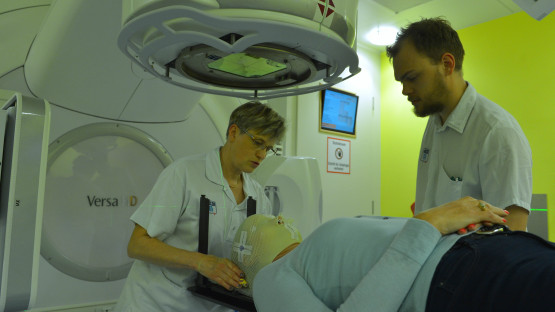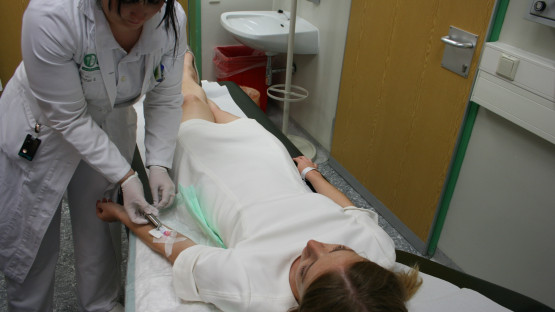The Diagnostic Reference Levels in Medical Imaging online course, available in English and Spanish, provides continuing education to medical imaging professionals, regulators and others who are interested in establishment and use of diagnostic reference levels (DRLs). It contains 13 modules in which the participant will learn the practical steps for establishing DRLs and their use in clinical practice.
The course aims to help participants:
- Understand the concept of DRLs, what are the DRLs and what is their role in the optimization of protection of patients;
- Understand the DRL process and components that need to be considered;
- Understand dose metrics and values used in the DRL process;
- Learn how to establish and appropriately use DRLs in different imaging modalities;
- Learn about useful sources of information relevant to the DRL process.
The estimated total time for the course is 7 hours. Progress is tracked so the course may be completed in stages. After viewing all modules and passing the final quiz, participants receive a certificate of completion.
The course is also available for viewing without obtaining a certificate in English.










